A sentence in the article LAUNDRESSES & WASHERWOMEN: A SHORT HISTORY, by Adèle Emm in the March issue of Family Tree Magazine attracted my attention.
Water acquisition was particularly problematic during the UK’s Long Drought, 1890-1910, especially in London’s East End where water was often rationed to two hours a day.
How did that impact my two grandfathers and families living in London at the time?
The article An historical analysis of drought in England and Wales, Table 2, lists major droughts in England and Wales and comments on this Long Drought.
Major drought. Long duration (with some very wet interludes). Initiated by an extremely dry autumn and winter (driest Sept–April period on record). Exceptional cluster of relatively dry winters. Major and sustained groundwater impact, with significant water supply problems. Most severe phases: 1893, 1899, 1902, 1905.
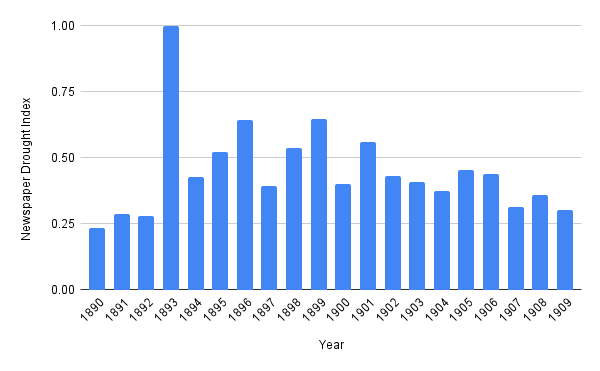 The normalized relative frequency of the word drought in the British Newspaper Archive collection shows 1893 was a standout drought year. Newspaper mention reflects the social impact.
The normalized relative frequency of the word drought in the British Newspaper Archive collection shows 1893 was a standout drought year. Newspaper mention reflects the social impact.
Treating the British Islands as a whole, the drought may be considered as embracing by much the greater part of the country for the fifteen weeks beginning with March 5. www.nature.com/articles/048295b0
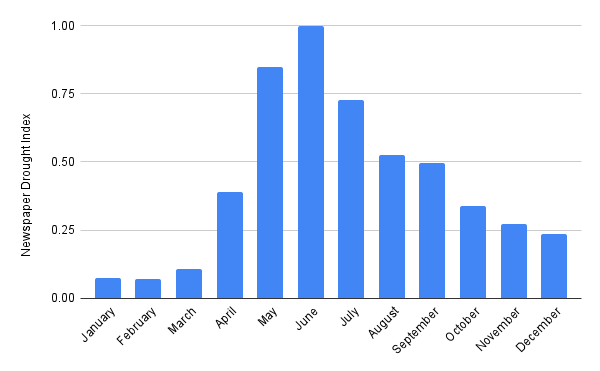
The chart shows the relative frequency of the word drought in the British Newspaper Archive in 1893, consistent with contemporary rainfall reports.
The drought was most severely felt in the south of England, east London had 73 consecutive days without rain. The British Meteorological Office Monthly Weather Report stated March rainfall was less than a quarter of the average, less than one-tenth normal for Southern England in April, less than half average for May in Eastern and Southern England, as was the case for Central and Southern England in June. https://digital.nmla.metoffice.gov.uk/IO_088ec0d8-f23f-4f7f-bc31-85c047073a98/
The Registrar General’s report for 1893, as summarized in The Lancet, Vol 1, 1895, commented on an elevated death rate for children and young adults from diarrhea, diphtheria, smallpox and enteric diseases attributed to high temperature and deficient rainfall, especially in the south-eastern counties of England.
Obviously, my grandfathers survived! There may even have been an upside in the short term as farmers, unable to find grazing and fodder for livestock sent large numbers to market depressing prices.
Mentions of drought in newspaper articles for the first two months of 1893 were largely for places overseas, notably Australia. A summary of the year was that drought “extended over nearly the whole of Europe, large portions of Canada, the United States, and other parts of the globe.”
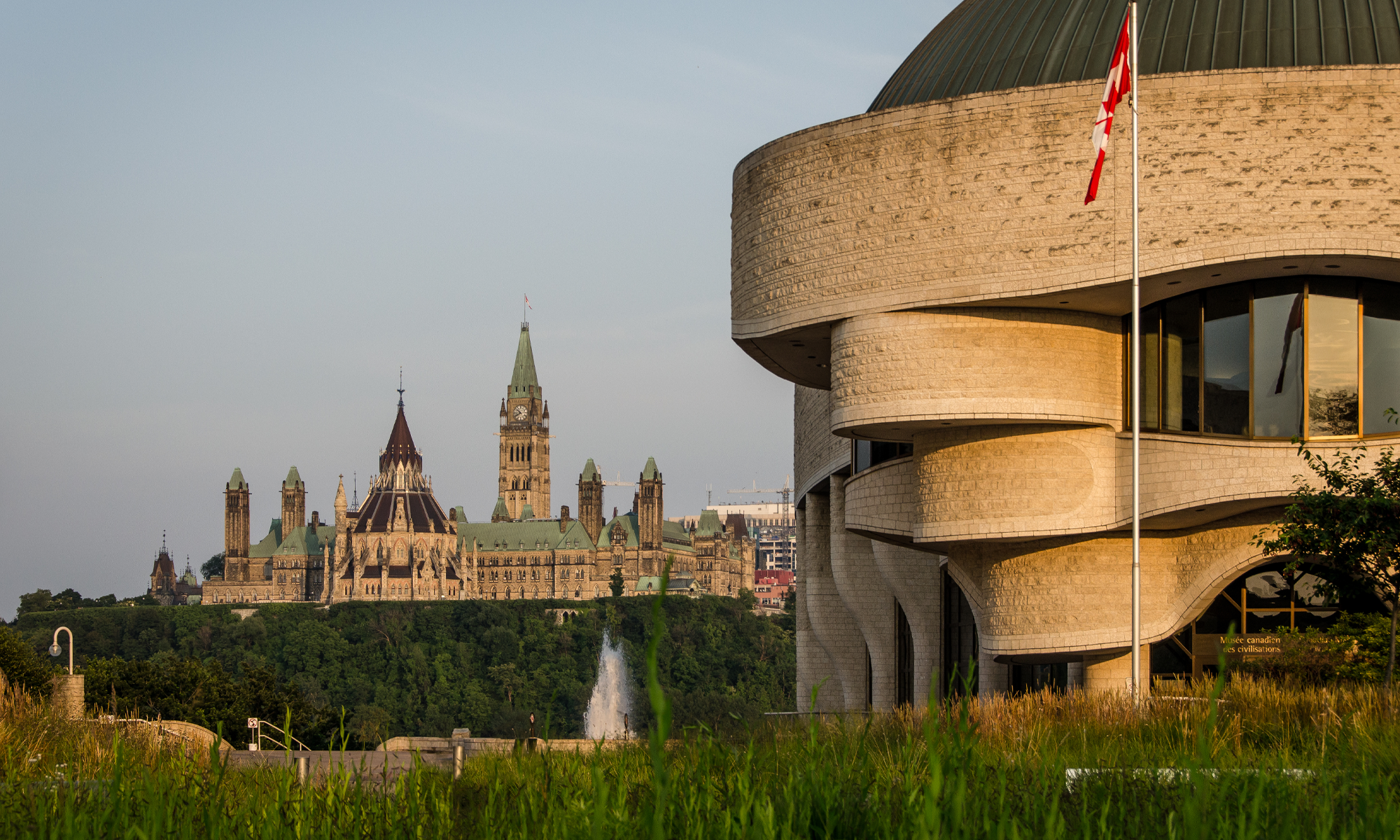

 The feature articles in the March issue are
The feature articles in the March issue are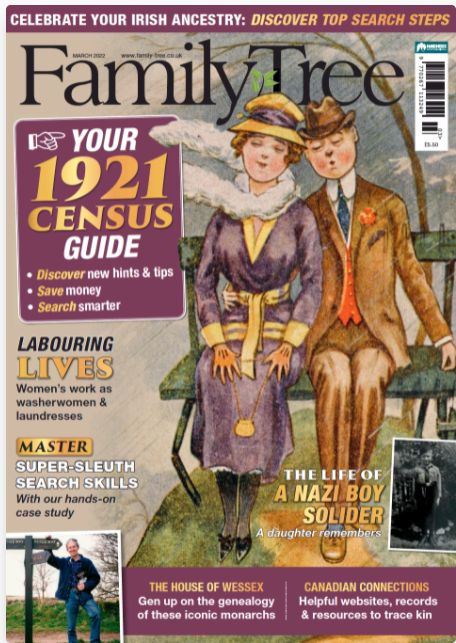


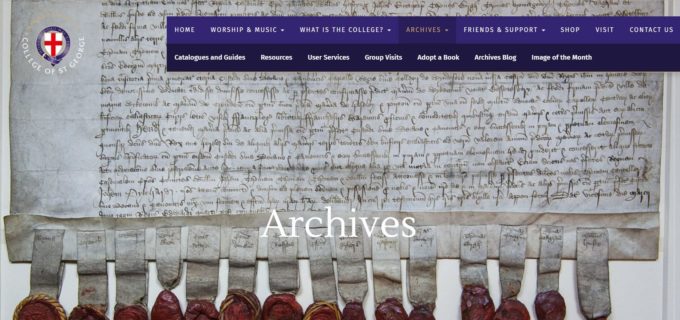 If there was someone in your ancestry connected to a prestigious institution, like a royal chapel, you’d undoubtedly want to know and perhaps feature it in your family history. Although your chances may not be great, if you do have family links to royalty, the nobility or ordinary folks living in the vicinity those below are not-to-be-missed online records.
If there was someone in your ancestry connected to a prestigious institution, like a royal chapel, you’d undoubtedly want to know and perhaps feature it in your family history. Although your chances may not be great, if you do have family links to royalty, the nobility or ordinary folks living in the vicinity those below are not-to-be-missed online records. The Valentine’s Day gift from MyHeritage is FREE access to all
The Valentine’s Day gift from MyHeritage is FREE access to all  Norfolk Workhouse Admission & Discharge Registers for Aylsham (1836 – 1904), Forehoe (1870 – 1913), Loddon & Clavering (1814 – 1900) and Norwich (1802 – 1901) Poor Law Unions are now available. Covering the workhouses of Aylsham, Buxton, Heckingham, Oulton, St Andrew’s, and Wicklewood, these 279,125 records include transcripts and linked images of the original record.
Norfolk Workhouse Admission & Discharge Registers for Aylsham (1836 – 1904), Forehoe (1870 – 1913), Loddon & Clavering (1814 – 1900) and Norwich (1802 – 1901) Poor Law Unions are now available. Covering the workhouses of Aylsham, Buxton, Heckingham, Oulton, St Andrew’s, and Wicklewood, these 279,125 records include transcripts and linked images of the original record.